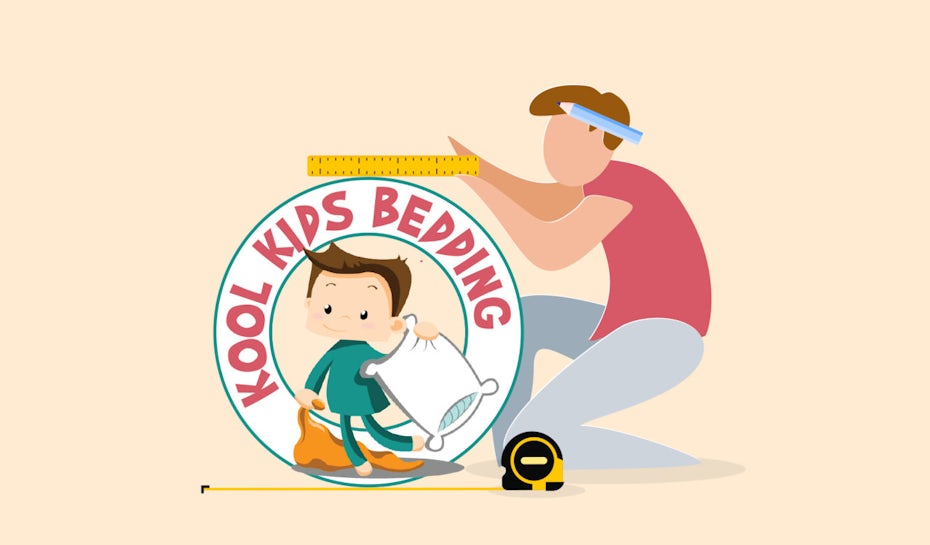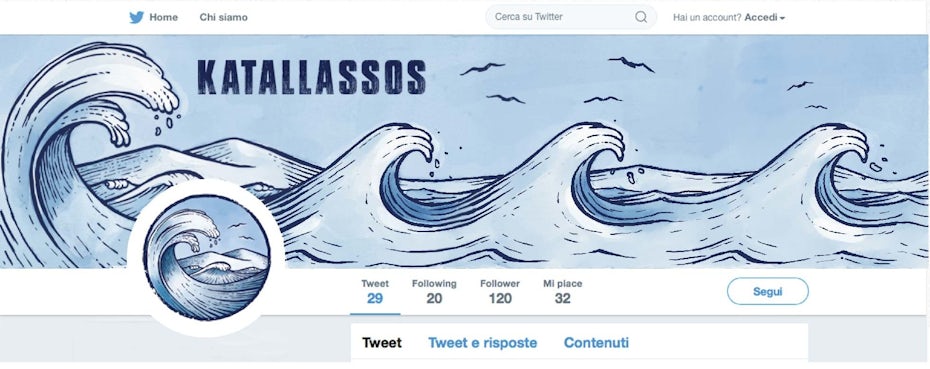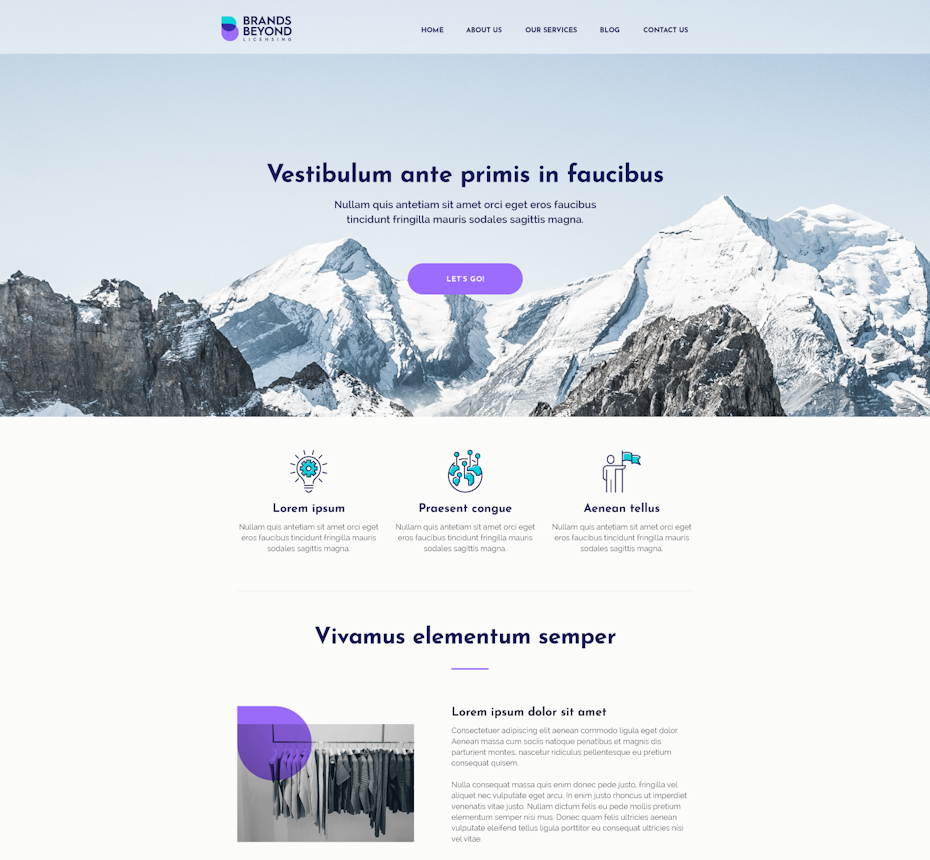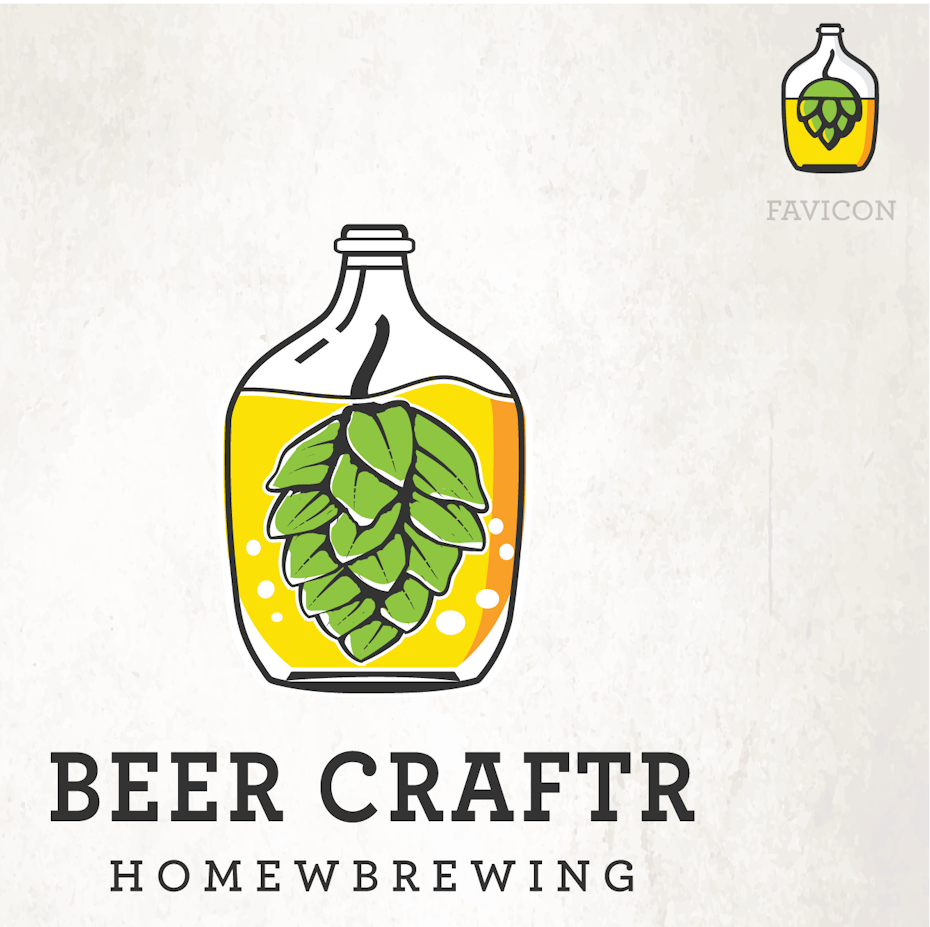Box App Browser Resize Layout Design
Logos these days have to exist in more spaces than ever before. You might need to blow your logo up to the size of a billboard or shrink it down so that it fits within a URL bar. And in each of these scenarios, your logo must stay consistent and recognizable. That's why it's important to plan ahead and consider each of the different logo sizes and logo dimensions early on in the design process.

When we talk about logo sizes and dimensions, we are referring not only to the physical size but the shape and orientation of your logo. These can shift around along with your logo's content (the icon, slogan and company name) depending on the context. In order to help you optimize your logo for every setting, we've put together the following guide on the common logo sizes and dimensions for social media, print and web.
Common logo sizes and dimensions
—
- Logo size and dimension basics
- Logo sizes for social media
- Logo sizes for Facebook
- Youtube
- Logo sizes websites and apps
- Standard favicon sizes
- Website header sizes
- Logo sizes for mobile app icons
- Logo sizes for print and merchandise
Logo size and dimension basics
—
Logos often have to be resized and reoriented when placed across websites, social media, merchandise, printed advertisements and so much more. In today's digital age, your logo has to be ready for anything.

Great logos will retain their integrity over any background and adapt to any size without losing clarity. To get an idea of how you can achieve this, start with your design fundamentals.
Versatility, scalability, balance and proportion are some of the basic principles of logo design that apply directly to logo size. When shaping and orienting your own particular logo for various sizing contexts, these will be your guiding lights. Like any aspect of design, sizing is no exact science, and it requires your best judgement depending on the kind of logo you are working with.
That said, here are some best practices to keep in mind:
- Your logo should be legible at every size: The goal should be maintaining proportions no matter the destination.
- Sizing needs to be consistent across various mediums: Your sizing choices across mediums need to be consistent and reflect your brand voice.
- Horizontal, vertical & square: Your logo should be effective regardless of how it's oriented and displayed.
- Brush up on file types: Vector files such as PDF or EPS are designed for effective scalability. Having your logo in vector format and using that as a starting point for resizing or reformatting is always a good idea.
- There is an ideal image file format for each scenario.
At the end of the day, your logo should be sized in a way that it is readable, the right elements are emphasized, and it does not feel unsteady. Learn more about responsive logos and adaptable logos here.
Logo sizes for social media
—
Social media allows your business to present itself to clients and interact with them. For this reason, it's especially important that your logo looks professional and attractive on social media, and this means that it needs to be optimized for every space—cover photos, banners, posts and profile pictures.

Some general tips when sizing logos for social media:
- Plan ahead. Your company's social media avatar needs to be part of your brand kit
- For the small avatar spaces, consider using only the logo's icon
- For wordmark logos, consider a monogram version (in the case of two words) or the logo's first letter (in the case of one word)
- Even though social media platforms will accept smaller file sizes, make sure your file is big enough to support quality resolution
Dimensions vary for logos across social media platforms (and sometimes even varies within those platforms), and that's why we've put together a handy guide for the recommended logo sizes on social media:
We've just sent you your free logo ebook.
Logo sizes for Facebook
- Profile pictures (for personal and business pages): 180 x 180 pixels
- Cover photo: 820 x 312 pixels
- Shared link image: 1200 x 628 pixels
Logo sizes for Instagram
- Profile picture: 110 x 110 pixels
- Thumbnails: 161 x 161 pixels
- Square image post: 1080 x 1080 pixels
- Landscape image post: 1080 x 566 pixels
- Portrait image post: 1080 x 1350 pixels
- Stories: 1080 x 1920 pixels

Logo sizes for Twitter
- Profile picture: 400 x 400 pixels
- Cover picture: 1500 x 500 pixels
- Tweeted images: Minimum 440 x 220 pixels, Maximum 1024 x 512 pixels
Logo sizes for Youtube
- Profile picture: 800 x 800 pixels
- Thumbnail picture: 1280 x 720 pixels
- Youtube channel cover picture: 2560 x 1440 pixels
Logo sizes for Linkedin
- Profile picture: 400 x 400 pixels
- Background picture: 1584 x 396 pixels
Logo sizes for websites and apps
—
Recall an experience in which you went on a website to find a pixelated logo that looked either too big or too small. How did that play into your forming an opinion of the company?

Websites not only need to look good but they also need to provide customers with all the necessary information about their product. This includes conveying a cultivated brand impression, and your logo, situated at the top of the page, pulls a lot of the weight here.
The two most common places for a logo to appear on your website are the navigation bar (or header) and the favicon (the icon that appears on the tab next to the title of the page, next to your URL in the search bar, and in a user's favorites/bookmarks list). Similarly, your logo will likely need to be condensed to fit the dimensions of an app icon, usually in the form of a minimalist image to make the most of the space.
Some important considerations when sizing your logo for the web are:
- Does it fit well with the rest of the page?
- Is it distinct and recognizable in both the large and small format.
These are the standard dimensions you should take into account when designing your logo for websites and apps:

Standard favicon sizes
- 16 x 16 pixels
- 32 x 32 pixels
- 48 x 48 pixels
Website header sizes
This will depend on what sort of website builder you're using, if you're even using one. But here are some standard measurements for various situations.
- Full banner: 468 x 60 pixels
- Horizontal layout
- 250 x 150 pixels
- 350 x 75 pixels
- 400 x 100 pixels
- Vertical layout:
- 160 x 160 pixels
Mobile app icon sizes
- iPhone 6S and up: 180 x 180 pixels
- 120 x 120 pixels in Spotlight Search
- 87 x 87 pixels in Settings
- iPad: 152 x 152 pixels
- Android: 192 x 192 pixels
- Windows: 62 x 62 pixels
A good example of a logo that thrives on both web and print is Amazon's.
This all lowercase wordmark with a swoosh subtly connecting the "a" to the "z" ends up on packing tape, boxes, padded envelopes, on digital ads, banners and more. It is also simple enough that it transforms perfectly into a compact favicon, moving the swoosh so that it is just under the a.
It just goes to show that simplicity is extra important with digital designs in order to grant the logo the freedom to shrink in size without losing its distinctive qualities.
Logo dimensions for print and merchandise
—
In the realm of print media, your logo may end up on everything from signage, t-shirts (on a chest pocket or full size over the front or the back), pins, mugs, packaging, and more. While digital spaces tend to favor smaller dimensions, you can see that sizing varies greatly across print media. That's why it's important to gather a list of what you will need sooner rather than later, and make sure your logo is able to adapt for situations as they come up.

The following are some common standard sizes for print and merchandise (be sure to check with your intended printer beforehand):
- Standard print size are for a mug is 8.5 x 3 inches
- US business cards are generally 3.5 x 2 inches
- The maximum print area for a t-shirt is 14 x 15 inches
- Chest pockets are typically around 4 3/8″ x 5 3/8″
- Sheet sizes for billboards
- US: 27 x 40 inches
- UK: The most popular size is "48 sheets" which is 6.096 x 3.048 meters
- France: The grand size is 12 x 8 square meters
- The most common envelope sizes are
- C4 in Europe which is 22.9 cm x 32.4 cm
- #10 envelope which measures 4 1/8 x 9 ½ inches
- Letterheads
- A4 letter size is 210 × 297 mm
- US standard letter size is 8.5 x 11 inches
- A standard coaster size is 4 x 4 inches
We've just sent you your first lesson.
One logo size does not fit all
—
When it comes to sizing your logo, always remember that adaptability is your greatest asset. Even if there are five spaces your logo needs to fit into today, in the future it could be hundreds. Always leave room for your logo to (literally) grow with technology and display its best self to the world—even if it is best displayed through a magnifying glass!
Want more logo design tips? Learn how to design a logo here.
Want a logo that's ready for any occasion?
Our designers have you covered.
Box App Browser Resize Layout Design
Source: https://99designs.com/blog/tips/logo-sizes-dimensions/
Posted by: hayesaltylets.blogspot.com

0 Response to "Box App Browser Resize Layout Design"
Post a Comment